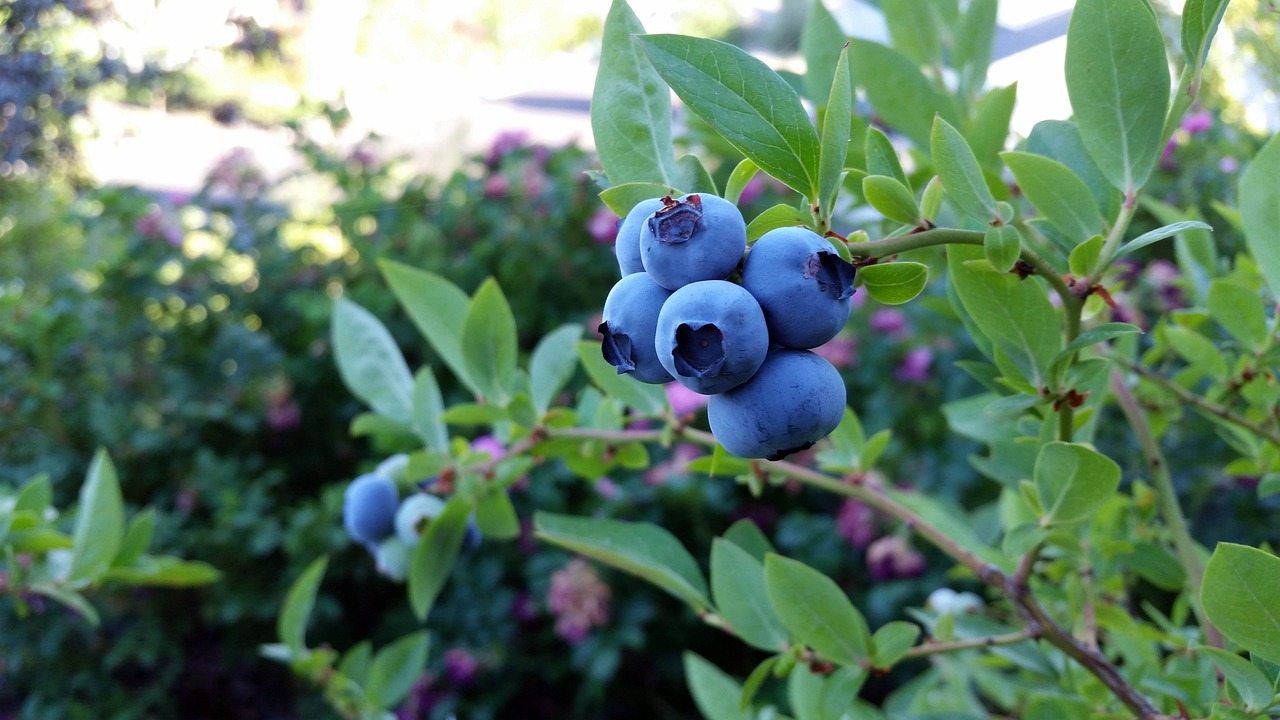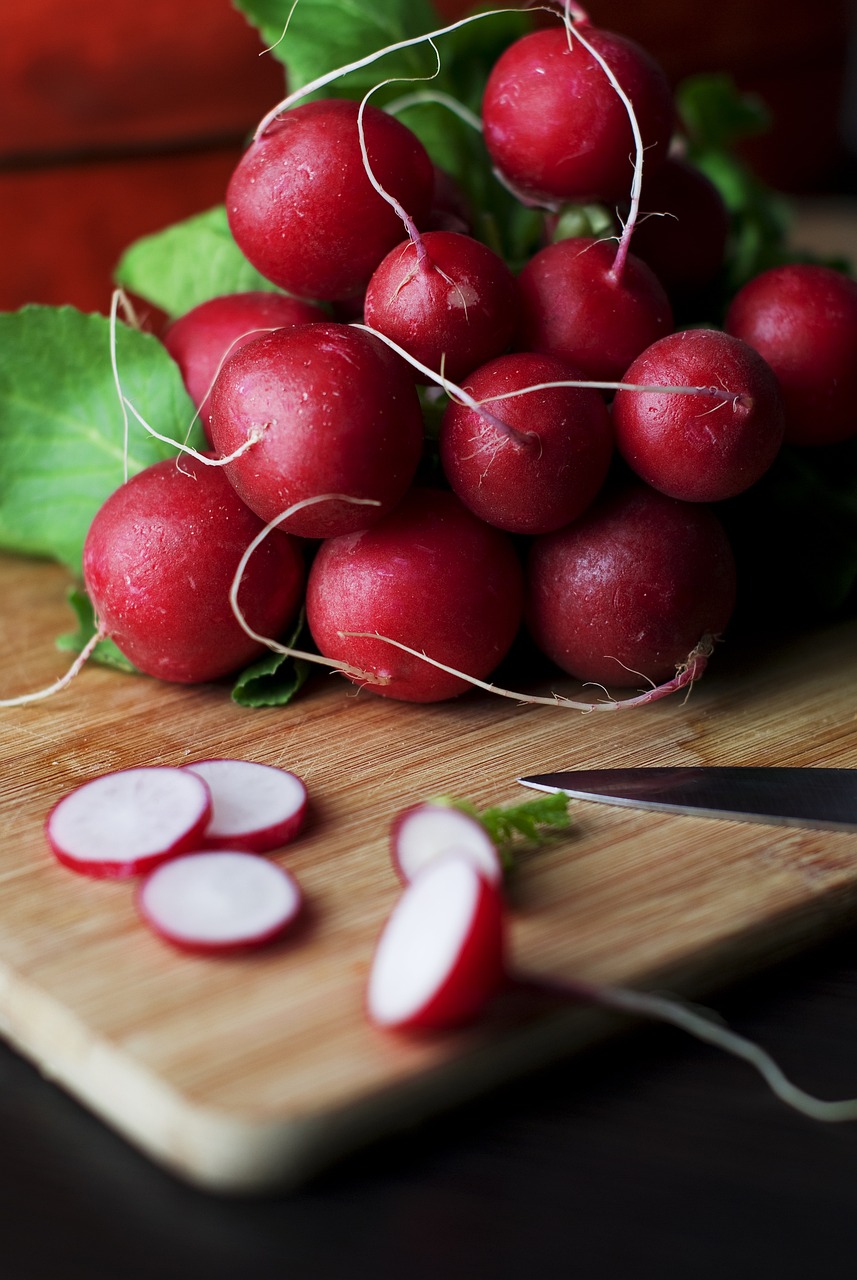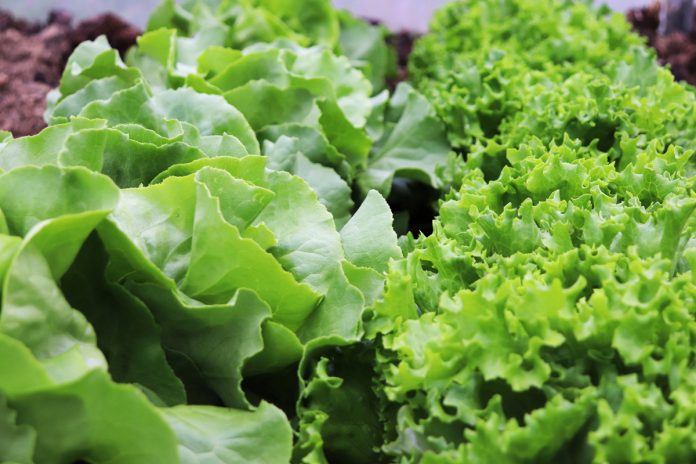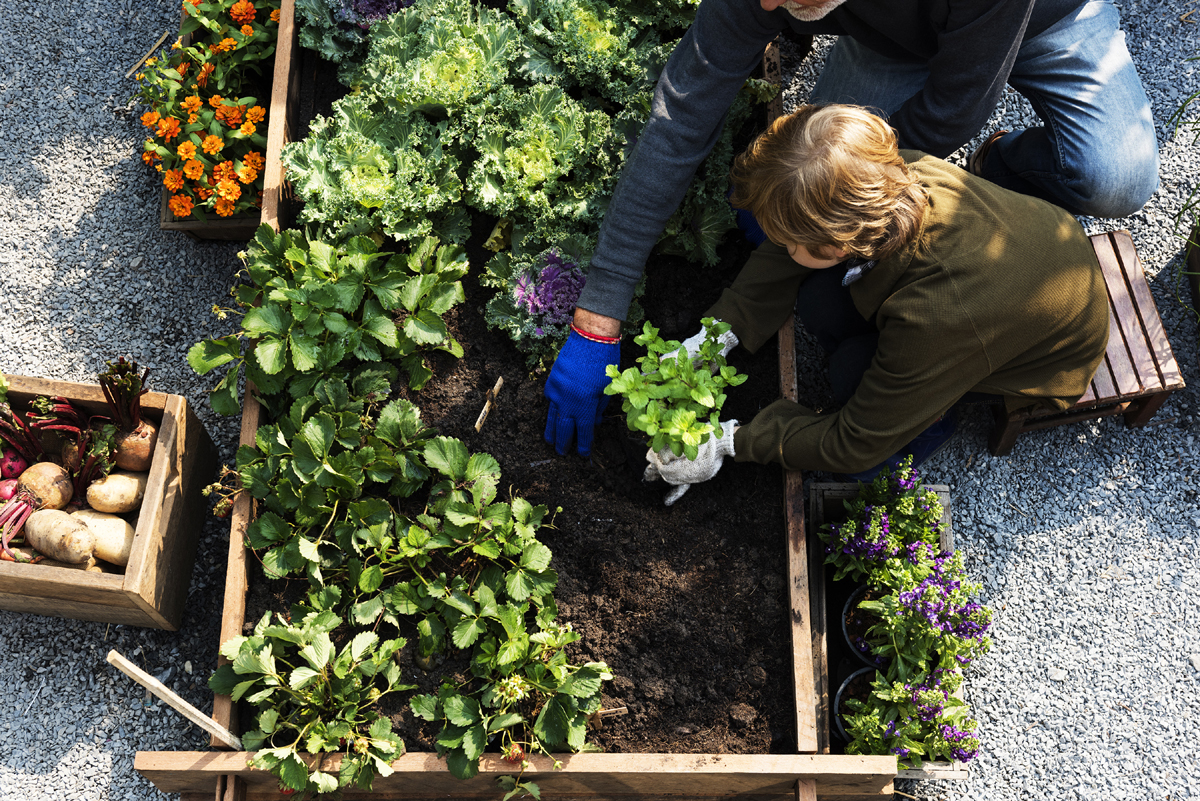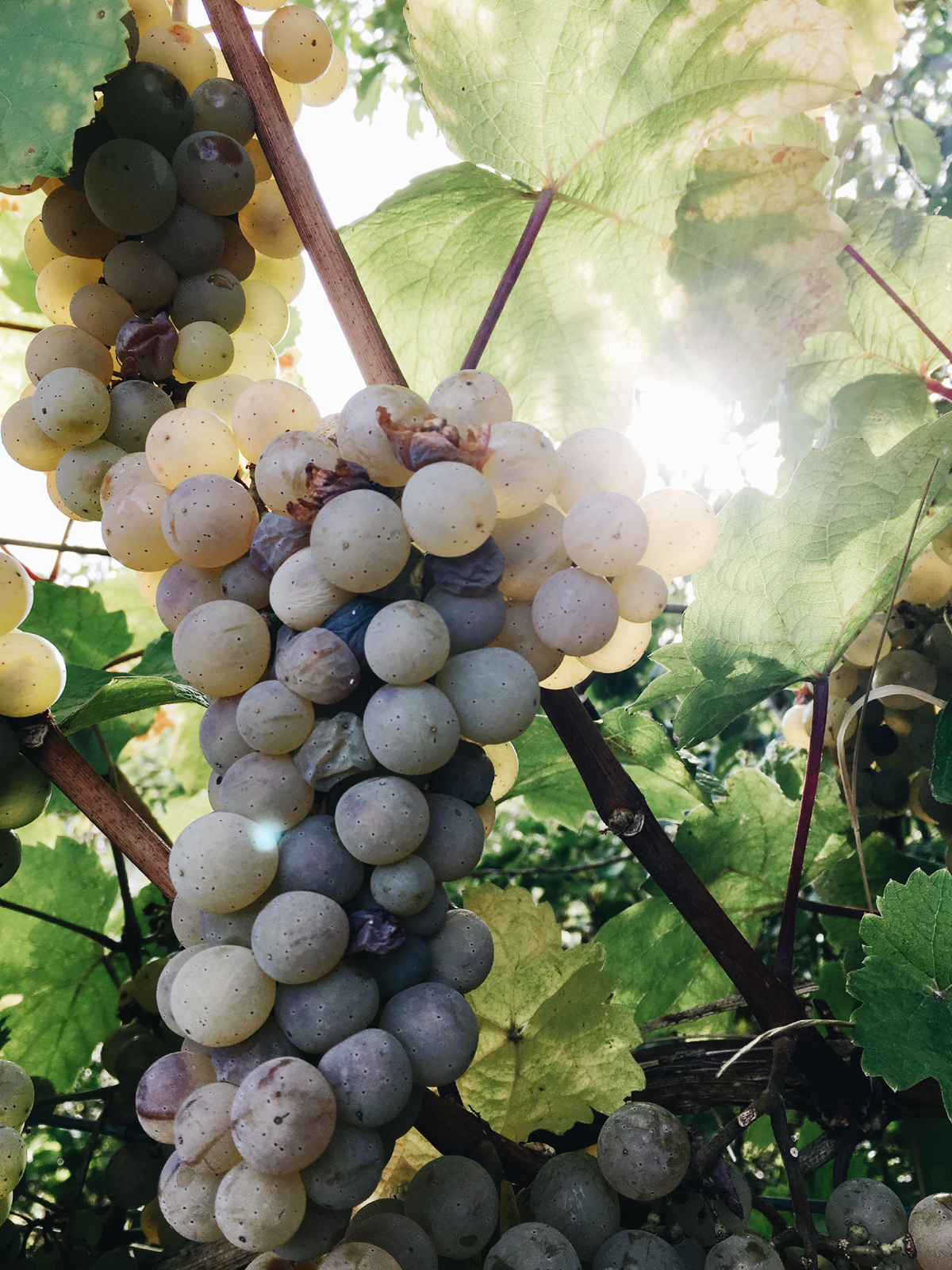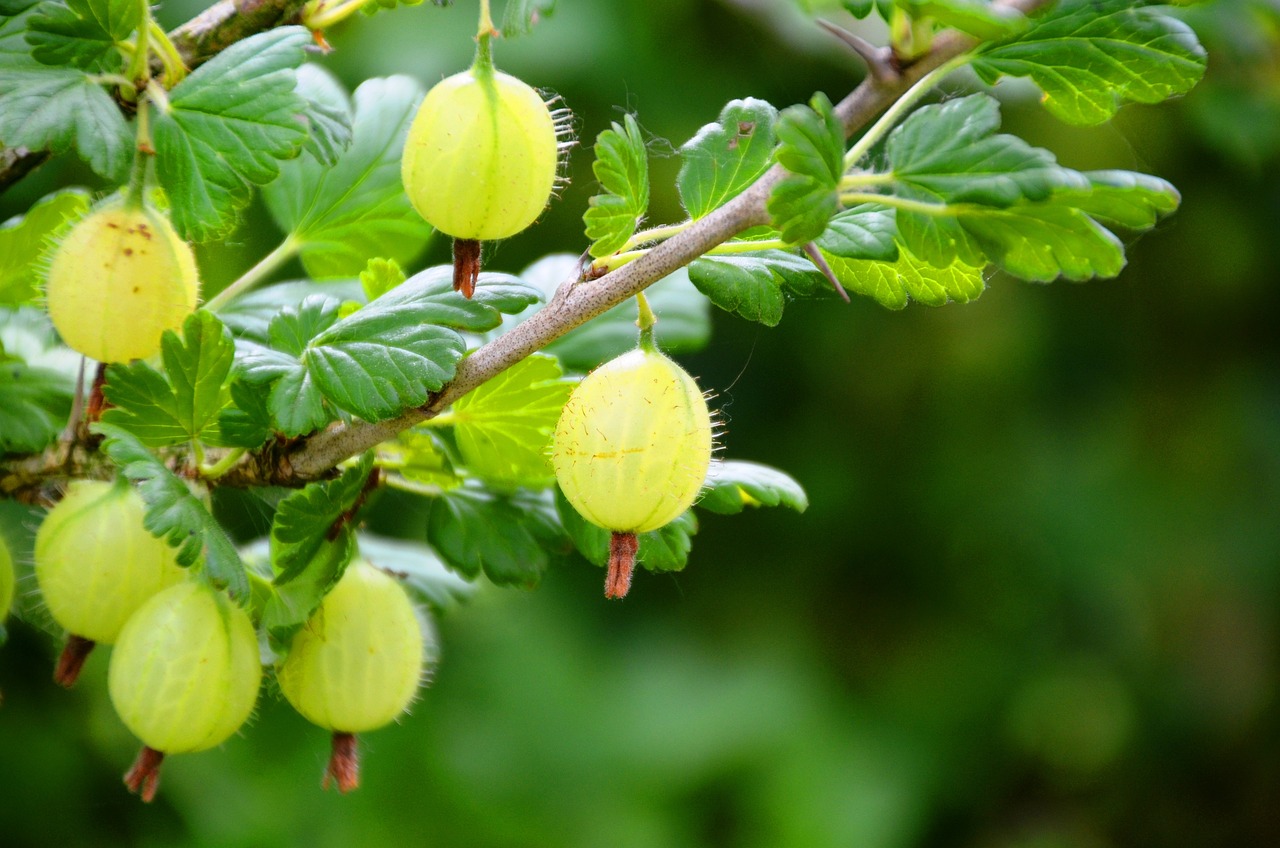Growing Organic Watermelon
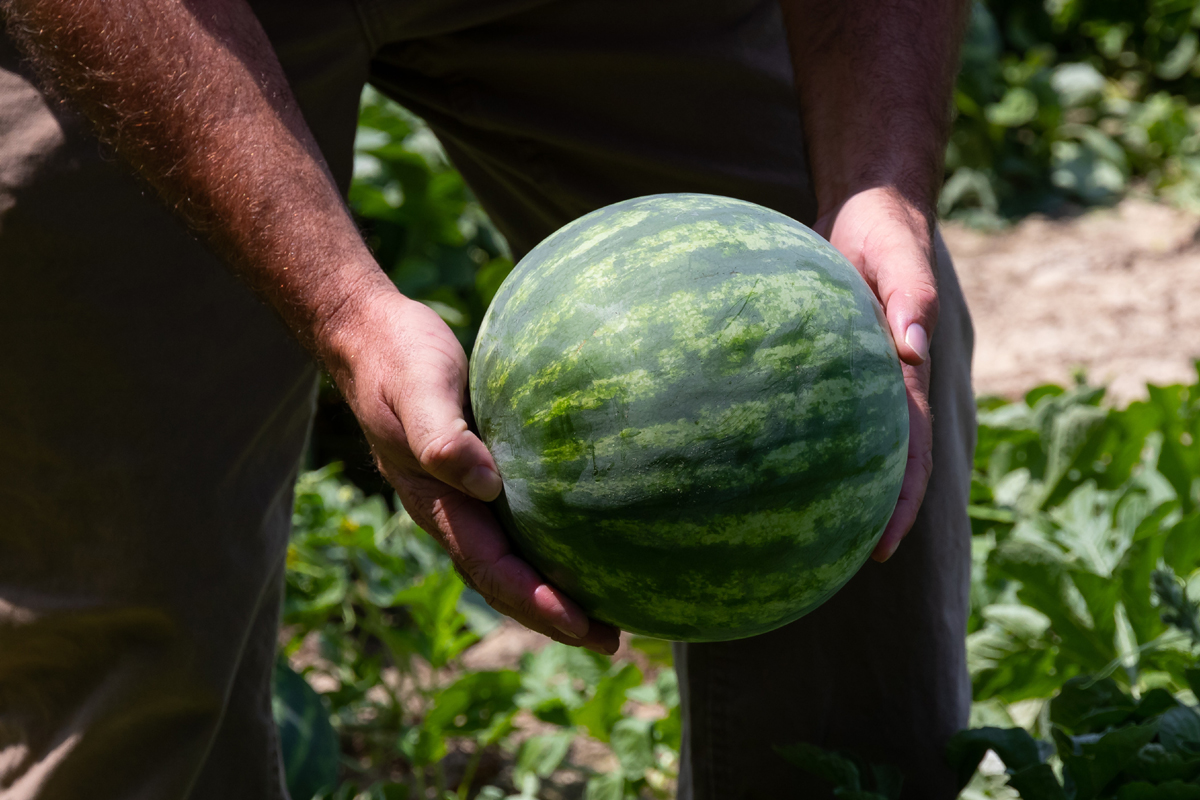
Growing organic watermelon is rewarding, but only if you know what you’re doing. Watermelon is not hard to grow, but is takes more knowledge than corn or peas. In this article we’ll reveal how to deter beetles, powdery mildew, aphids, and more (everybody loves watermelon and so do a lot of pests!). And we’ll give you some great hints that’ll show you when your melon is sweet and ready to pluck from the vine.
When to Plant
A long growing season (at least 3 months of warm weather) is needed to mature and develop sweet watermelons. In short summer areas, a warm indoor start can count towards the long-season requirements. If you live in the North, starting your watermelon seeds indoors 2-4 weeks before your last frost date will allow you to take advantage of any warm, sunny days outdoors and still be able to bring them in at night or on cooler days. Planting too early will cause the plants to develop tendrils or more than four leaves which may cause your plants to have difficulty setting roots once they are transplanted to the garden. In the warmer southern climates, watermelons can be direct-seeded in the garden once soil temperatures have reached a steady 75-80F.
Where to Plant
The key to growing a successful watermelon crop is to provide as many sunny, warm days as possible for the growing plants and protect them from cold temperatures. The more exposure warmth the vines receive, the more fruit your plants will produce in the summer.
Watermelons require full sun and plenty of heat. Give your watermelons the sunniest spot available with good air circulation. This will help the plants dry out quickly after a rain to prevent diseases.
Preparing The Soil
Watermelons prefer well-drained, sandy loam soils with a pH level between 6.0 and 6.5. Soils with a pH less than 6.0 will produce plants with yellowed foliage and fewer perfect flowers. Good drainage is critical for preventing disease in your melon plants. If your soil doesn’t drain water well, mix a generous amount of organic matter into the soil before planting. We recommend mounding your soil into hills. Raised hills improve drainage and helps keep the soil temperatures up. If you water with soaker hoses, mounding up a row (rather than hills) will make watering easier.
Mix in a shovel full of well-aged manure where you plan each hill. This is especially important if a spring crop has already been planted in this area and taken nutrients from the soil. Mound your manure amended soil into hills about 12″ tall and 2′-3′ wide. Space each hill 4′-6′ apart, depending on how much space your variety needs. Adding 2-3″ of aged manure or compost before planting your melons will give the plants a nutrient boost and improve your soil’s structure.
As much as I’m not a fan of plastic, it’s almost a necessity when trying to grow watermelons in a shorter growing season. This is something you will need to decide for yourself. Watermelons build up sugar and develop sweetness in their final days of growth so providing the necessary warmth is critical for a growing a good watermelon crop.
Covering your planting area with plastic a couple weeks before transplanting will warm the soil more quickly. Depending on the weather, this can allow you to transplant your seedlings outdoors up to 7 to 10 days earlier than without the use of plastic.
If plastic is left throughout the growing season, it will reduce ground rot in your fruit (fruits rotting from sitting on soil). Clear plastic mulch will heat the soil up 4-5 degrees warmer but black plastic will prevent weed growth.
Ventilation holes must be made in your plastic mulch to allow oxygen into the soil. If your plastic doesn’t have pre-made ventilation holes and it is still on the roll, you can use a 3/4″ drill and drill your own holes through the layers at an 8″x8″ spacing.
Choosing The Right Seeds
When choosing a watermelon variety, consider how much space the plant requires to spread out. If you have a limited growing area, choose a bush type that is more compact. Some heirloom or more vigorous varieties can take up 100 square feet per plant and only produce 2-3 fruits.
Seeds and Germination
Watermelon seeds germinate optimally between 70 and 90 degrees F. At these temperatures, seeds will germinate within 5-10 days. At temperatures below 60F, germination will not occur.
Getting Started Indoors
Watermelons don’t survive frost or maintain proper growth at temperatures below 60F. In areas with short summers, seeds must be started inside and later transplanted outdoors; be extremely careful not to disturb the roots. Watermelon plants do not thrive well if their roots are disturbed, even when young seedlings.
Plant your seeds in loose potting soil (not seed germinating mix as it contains no nutrients for the developing seedling).
Plant 2 seeds 1/2″ deep per 4″ individual pot (I plant 2 seeds in case one seed does not germinate, and as the seeds get older I might add 1 or 2 more just to be sure I get one good plant). Watermelon seeds remain usable for 5 years after your initial purchase.
Keep planted seeds in a warm, sunny area (such as a south-facing window) where soil temperatures maintain between 70F-95F. Use bottom heat if necessary to maintain around 75F soil temperature. Once your seedlings are 2″ tall, thin each pot to the one strongest plant by cutting the other seedlings off at soil level.
Transplanting to Outdoors
Starting your seeds indoors can extend your melon growing season 2 to 4 weeks but melons are particularly sensitive to transplanting. If the roots are disturbed, your plants growth will be stunted.
Vines may not set fruit if they’re chilled when seedlings so be sure the soil temperatures remain steady at all times and the garden soil has warmed to 70-80F before transplanting outside. Planting in cooler soil will also increase the chance of soil-borne root diseases developing.
To prevent disturbing the roots, 4″ use peat pots or other bio-degradable planting pots instead of plastic seedling pots. Peat pots will decompose quickly and allow you to plant the pot directly in the garden bed when you transplant the seedlings.
Carefully tear or cut out the bottom of the peat pot before planting in the ground to allow the roots to spread more quickly. Be very careful not to cut the roots. If the roots are too dense (root bound) at the bottom, don’t cut the bottom out as you may damage the roots.
Transplants should have 2-3 mature leaves and a well-developed root system when they are moved into the garden. Planting seedlings that have developed 4 or more leaves may have difficulty setting roots once transplanted to the garden.
If you covered your soil with plastic to help bring up the soil temperature, you can remove the plastic before planting or leave the plastic down to continue locking in the heat. Cut slits in the plastic every 4 to 6 feet and plant seedlings through the slits.
If you choose to leave the plastic down, be sure to anchor it well. Plastic that is not anchored well can blow off during a windy day, breaking your plants in the process. If growing watermelon in rows, space seedlings 18 to 24 inches apart within the row. Space rows 5 to 6 feet apart. In shorter season areas, only plant one plant per hill so it will not compete for nutrients with other vines. In warmer climates, 2-3 plants can be planted per hill.
Crop Covers
To protect your young plants from wind damage, which can retard growth and reduce the amount of fruit the vine will set, place hot caps, plastic tunnels, or a row cover over the plants the first 2-3 weeks until the plants have a chance to better establish themselves.
The use of one of these coverings will also protect your plants from cooler air temperatures and early insect pests. Remove the covering within 2-3 weeks to avoid high temperature plant injury and to allow bees and other pollinators easy access to the flowers.
Direct Planting (planting seeds directly into garden bed)
Follow the above instructions for preparing your soil and forming hills. Once your hills are formed and amended with well-aged manure or compost, plant the seeds 1/2″ – 1″ deep, sowing six seeds per hill.
When your watermelon plants have reached 2″ tall, thin seedlings to 2-3 plants per hill by leaving the healthiest and most vigorous seedlings and cutting the remaining plants off at soil level.
If planting in rows, plant 2 to 3 seeds together ( a couple inches apart from each other) every 18 to 24 inches within the row. Once the seedlings are 2″ tall, thin to the best plant per group by cutting the remaining plants off at soil level.
Don’t pull weeds up by hand. Hand-pulling could disturb the root systems of the other plants and pull them out of the soil.
Mulching
Applying 2-3″ of mulch around the plant will conserve soil moisture and reduce weed growth. Organic mulches like woodchips or straw can also be used when growing watermelons, but do not apply organic mulches until soils are warmer than 75ºF. Applying organic mulches too early keeps the soil cool, resulting in slow growth and shallow rooting.
Weeding
The roots of melons grow close to the surface of the soil, so it’s important not to cultivate too deeply or too close to the plants. Cultivate just deeply enough to cut the weeds off below the surface of the soil. Continue cultivating until the vines begin to spread between the rows. Then pull large weeds by hand.
Watering
Regular deep watering is especially crucial during the first 3 to 4 weeks that growing watermelon vines are growing in your garden. Drip irrigation or soaker hoses are the best way to give watermelons a steady supply of moisture. Water deeply and infrequently (1-2 times per week); provide a total of 1-2 inches of water per week.
Cut back on the water once the plants have started to set fruit; over-watering will dilute the melon’s sugars, causing it to be less flavorful and lose sweetness. Too much water could also stress the plant and cause less fruit to develop. There is very little benefit in a light watering that only wets the soil’s surface. Deep, infrequent, but consistent watering is extremely important especially in the last 2 weeks of growth. Excessive watering at this stage can cause the fruit to split.
Companion Planting and Rotation Considerations
Watermelon doesn’t allow much room for companions, and does best when it can sprawl out freely without competing for nutrients with other plants.
You can try planting Marigolds or Nasturtiums in the area which deter beetles, or Oregano which provides general pest protection but it is likely the vines will smother them if planted too close. They need to be in their own pot or raised bed, out of the reach of the encroaching vines.
Because watermelons are in a different class than muskmelons (cantaloupe) and both require the same care, they’re good companions. Watermelons and muskmelons share the same nutrient requirements and have the same watering needs; and because they are in a different class, their seeds won’t cross-pollinate.
When to Harvest
Ripe watermelon doesn’t slip from the vine when it is ripe, so it takes a little more know-how to tell when a watermelon is ready to pick.
Use this combination of indicators to check for ripeness:
Tendrils near the fruit stem have become brown and dry;
The fruit surface is rough to the touch and the fruit color is dull;
The bottom of the watermelon (where it lies on the soil) has changed from a light green to a yellowish color;
Look for ‘black sap spots’. These are caused by bees extracting the juice from the melon. If there are several beads of hard black sugars, you know you’ve got a sweet melon.
Preventative and Natural solutions to Common Pests and Problems
The use of row covers will help prevent infestations of most pests (see Row Covers, Hot Caps, & Plastic Tunnels)
Striped and Spotted Cucumber Beetles
These pests spread bacterial wilt throughout your crop when they feed; they tend to attack around the time the plants begin flowering.
Note: Male flowers will appear first, at leaf joints on the main stem and female flowers will appear. About one week later, female flowers will develop off of secondary side-shoots.
Your best defense against these pests is to cover your plants with row covers until flowering. The covers must be removed once the female flowers appear so that the bees can access the plants for pollination.
A severe infestation can be controlled with pyrethrins; the pyrethrins are a pair of natural organic compounds that have potent insecticidal activity.
Melon Aphids
Aphids are tiny pear-shaped insects with long antennae that suck sap from the plant, causing the leaves to become distorted and drop.
A strong spray of water can often knock the insects off your plants. Crushing several cloves of garlic into a spray bottle filled with water and spraying mixture on the plants can often deter these pests. Insecticidal soap, pyrethrins, and neem oil are also effective organic insecticides for heavy infestations.
Squash Vine Borers
Squash vine borers look like 1″ long white caterpillars. They bore through the stem of the plant and may be unnoticeable to the gardener until the vine begins to wilt.
In April (in the South) and in late June or early July (in the North), keep a lookout for an orange and black wasp-like moth. This is an adult borer which lays eggs at the base of the stem during this time. The tiny orange and red eggs are laid just below the surface of the soil. Remove and crush any eggs you can find.
Once the season progresses, keep an eye for entry holes at the base of the stems. If the hole is surrounded by a yellow dropping that resembles sawdust, cut a slit in the stem and remove any larvae. An injection of Bt can also be used (Bacillus thuringiensis, or Bt, is a soil-dwelling bacterium, frequently used as an organic alternative to chemical pesticides).
Environmental Factors
Vine crops that have recently been transplanted or that have been direct-seeded outside and recently germinated have been known to suddenly wilt and die. Most often this occurs when you have a stretch of 4 or more days of rainy, or overcast weather with no protection over your plants to retain heat. If soil temperature drops down below 60F, the plant roots stop absorbing water from the soil.
When the sun does reappear, water evaporates from the leaves faster than the roots absorb water, which results in sudden wilting and death. To prevent this from happening, keep your plants protected when cool wet weather is predicted with the use of row covers or hot caps. In humid climates, watering the roots directly rather than soaking the leaves helps prevent many common foliar diseases.
Disease
Most diseases can be avoided by following these rules:
When growing watermelon choose varieties resistant to common diseases such as powdery mildew. Wait until the soil has warmed to a minimum of 70F before planting seeds or transplants and keep soil temperatures consistently warm throughout the entire plant cycle. Keep seeds and seedling beds moist but not water logged.
If starting indoors, plant seeds in 4″ pots or larger to lessen root disturbance and allow more room for roots to develop properly. Transplant seedlings once they have 2-3 true leaves. Avoid over-applying Nitrogen (such as animal manure). Too much nitrogen, especially during fruit set, can encourage “hollow heart” and bland flavor. Provide good air movement around plants by keeping weeds under control and planting with proper spacing.
Powdery Mildew
Powdery mildew, a fungus, can cause leaves to prematurely die, and reduce yield and fruit quality. Damage can include brown spots, tattered holes in leaves, sunken brown lesions on vines, and rotted fruit. Powdery mildew infections are usually caused by warm, humid conditions (68-81F), or the plant being damp too long from rain or overhead watering.
In warm, dry conditions, new spores are produced in leaf spots and can easily spread disease by being blown by the wind and infecting other leaves. To avoid these diseases do not grow melons in an area where any member of the squash family has been grown for 3 years or more. Reduce moisture on leaves by providing plants with proper space, controlling weeds, and using drip irrigation or a soaker hose instead of sprinkler irrigation. Apply a natural fungicide when a single spot of powdery mildew is spotted. Sulfur products can be applied to both the upper and lower surfaces of the leaves. Remove severely infected plants and any debris from the garden.
Plant disease resistant varieties whenever available. Resistance is virus specific and it is necessary to first determine which mosaic virus is common in your area. A reputable seed company in your part of the country will have this information. If not, ask your county extension.
Purchase clean seed from a reputable supplier. If saving seeds, do not collect seed from infected plants. Control weeds within and around the planting area. Especially perennial weeds that can carry the virus from one season to the next. Control aphids and cucumber beetles early on to keep populations low. If disease appears in a few plants, bury or dispose these plants to prevent further spread of the disease. Wash hands and tools after working with infected plants.
Storage
Watermelons will keep in the refrigerator for up to one week, but not only will flavor and sweetness diminish, so will nutrition levels. The best way to store a watermelon is at a room temperature of 50-60″, such as a basement. Watermelons will last up to 2-3 weeks and retain their flavor, sweetness and nutrition. Melon flesh can be frozen (think watermelon smoothie) and rinds can be pickled.
The Author:
Barry Brown is a 3rd generation organic gardener who is passionate about a sustainable and natural lifestyle.


